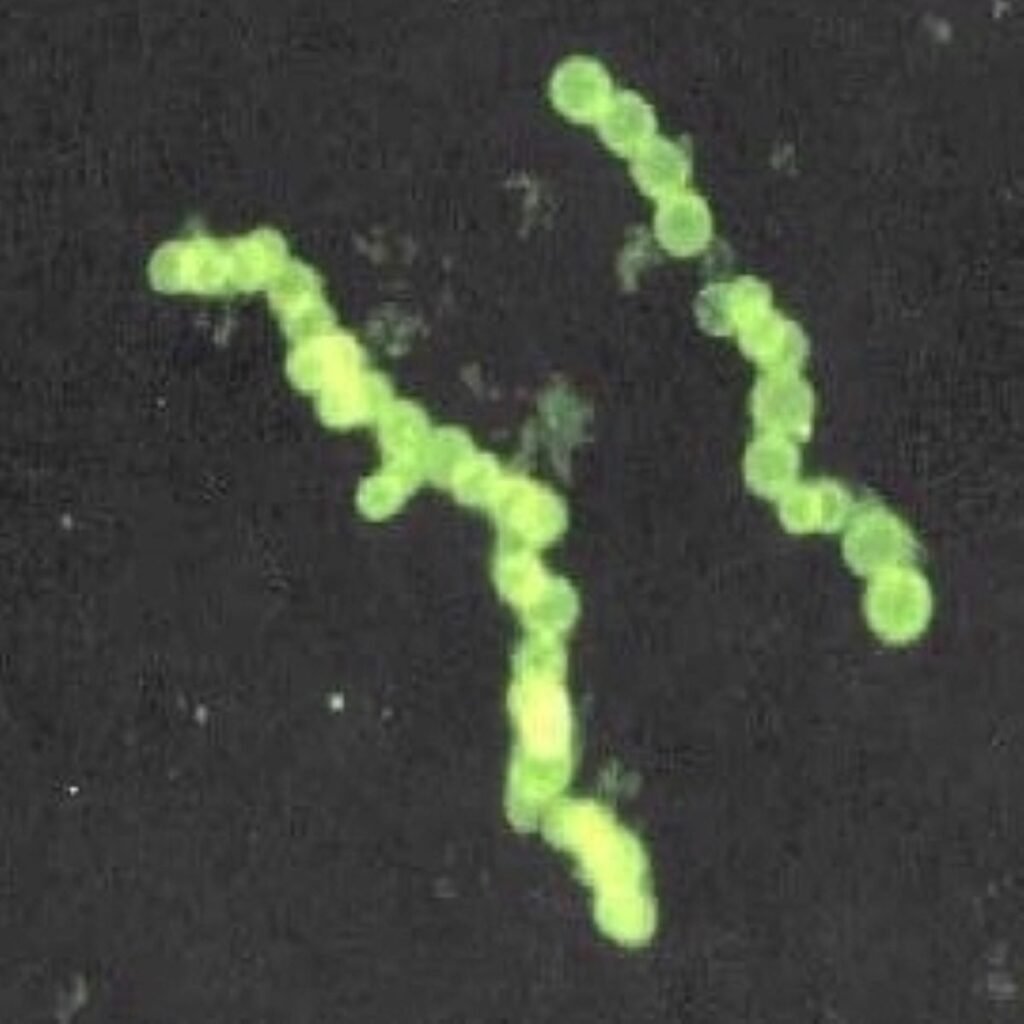For most of human history, the night sky has been a place where stars, planets, and faraway galaxies can be seen. But what was there before the first stars came to life? Was the universe full of light when it was young, or was it a dark void? The answer is much more interesting than just “yes” or “no.”
We think of the early universe as dark, but it wasn’t like that at all. It was a thick, cloudy fog of energy where light could exist but couldn’t get out. The first photons broke free after hundreds of thousands of years, and stars didn’t start to shine for millions of years after that. This is the story of how light fought its way through the mess of the universe.
The Big Bang: A Universe Born in Fire, Not Darkness

People often think that the Big Bang blew up into empty space, but it actually made space. All the energy and matter in the universe were squeezed into a point that was infinitely dense about 13.8 billion years ago. The universe was unimaginably hot when it started to expand, over 10^32 Kelvin. At that temperature, even atoms couldn’t form.
In the first second, photons (particles of light) appeared, but they were stuck in a swirling plasma of free electrons and atomic nuclei. “It wasn’t dark; it was a bright, opaque glow,” says Dr. Andrew Layden, an astrophysicist at Bowling Green State University. “Light was there, but it couldn’t move around freely.”
The Cosmic Fog: Why Light Couldn’t Escape

For the first 380,000 years, the universe was like the inside of the Sun: a superheated soup where electrons moved too quickly to stick to nuclei. These free electrons kept bouncing off of photons, sending them in all directions.
Dr. Srinivasan Raghunathan, a cosmologist at the University of Illinois, says it’s like a photon trying to get away from the Sun’s core: “Light there takes 1 to 2 million years to reach the surface because it keeps hitting electrons. The universe was even more crowded in its early days.
The fog finally cleared when the temperature dropped to 3,000 Kelvin (4,940°F / 2,725°C), which was cool enough for electrons to stick to protons.
The First Light: The Cosmic Microwave Background

Photons broke free in a flash when the universe got cool enough. The Cosmic Microwave Background (CMB), a faint microwave glow found in 1964, is the first light that has been stretched by the expansion of the universe. It fills the whole sky.
The CMB shows us what the universe looked like when it was 380,000 years old. It shows tiny temperature changes that later led to the formation of galaxies. “It’s the oldest light we can see,” Raghunathan says. “We can map the universe’s hidden structure by looking at its distortions.”
The Dark Ages: A Starless Universe
The Cosmic Dark Ages began after the CMB was released. There were no stars or galaxies during this time. For 100 million years, space was full of neutral hydrogen gas that was dark and silent to human eyes.
After that, gravity started to pull gas into thick groups. When the pressure at their centres became too high, nuclear fusion started, and the first stars came to life.
The Cosmic Dawn: When Stars Lit Up the Universe

These early stars, known as Population III stars, were very different from stars today. They were hundreds of times bigger than the Sun and burned very hot, sending ultraviolet light all over the universe.
“This was the Epoch of Reionization,” Layden says. “Their radiation tore electrons from hydrogen atoms, re-ionizing the universe and ending the Dark Ages.” One billion years after the Big Bang, galaxies full of stars lit up the universe as we know it.
The Legacy of the First Light

Telescopes like JWST look back to this time and capture light from the first galaxies. The CMB is still a key part of cosmology because it helps scientists figure out how the universe began.
“The universe wasn’t dark at first; it was waiting,” Raghunathan says. “Light was always there, but it was trapped in the chaos until the universe was ready to shine.”
Was the beginning dark, then? Not quite. It was a brilliant fireball that was trapped in its own heat until the universe let it go.
Sources:

Jan loves Wildlife and Animals and is one of the founders of Animals Around The Globe. He holds an MSc in Finance & Economics and is a passionate PADI Open Water Diver. His favorite animals are Mountain Gorillas, Tigers, and Great White Sharks. He lived in South Africa, Germany, the USA, Ireland, Italy, China, and Australia. Before AATG, Jan worked for Google, Axel Springer, BMW and others.




